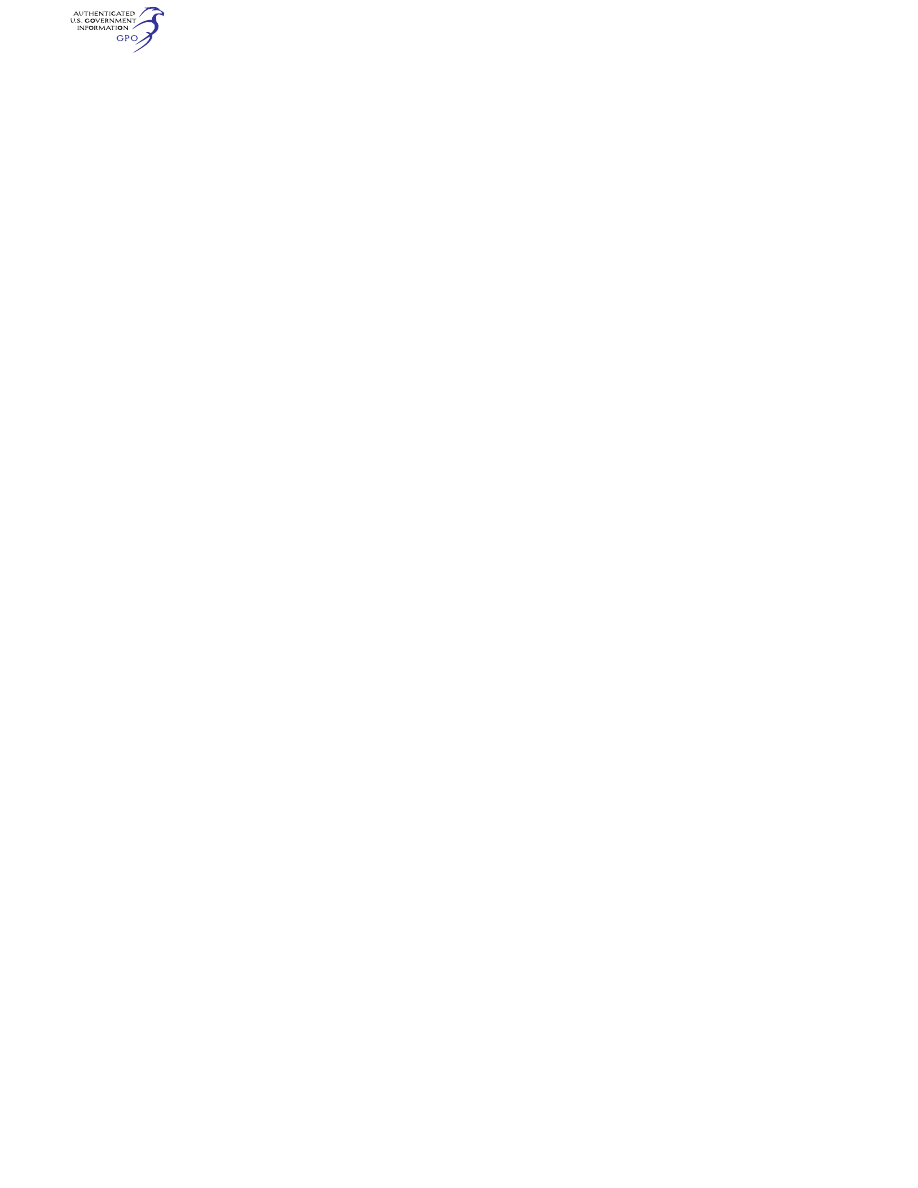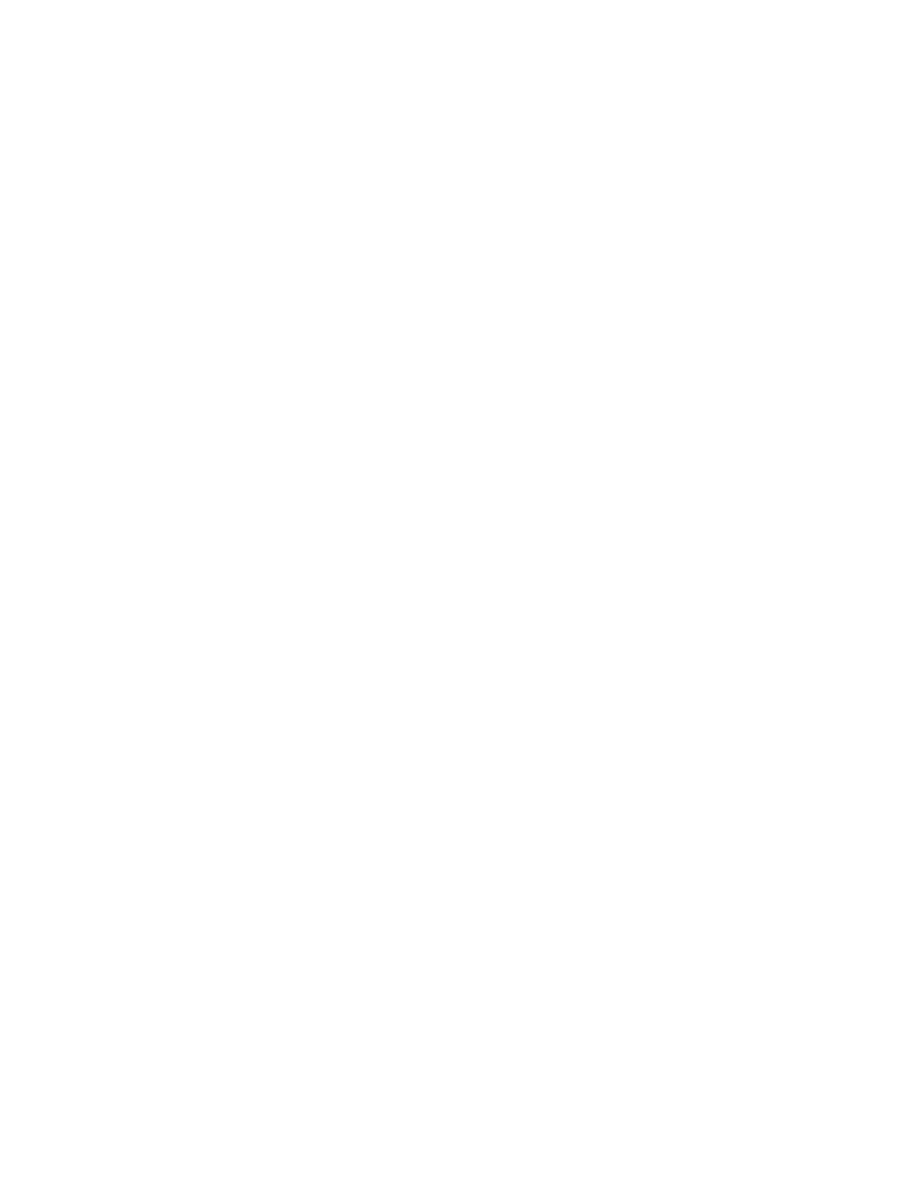
173
Federal Aviation Administration, DOT
§ 121.410
(
1
) Utilizes a complete flight crew;
(
2
) Includes at least the maneuvers
and procedures (abnormal and emer-
gency) that may be expected in line op-
erations; and
(
3
) Is representative of the flight seg-
ment appropriate to the operations
being conducted by the certificate
holder.
(B) Except as provided in paragraph
(b)(2)(ii)(B)(
6
) of this section, beginning
on March 12, 2019—
(
1
) Utilizes a complete flight crew;
(
2
) Includes at least the maneuvers
and procedures (abnormal and emer-
gency) that may be expected in line op-
erations;
(
3
) Includes scenario-based or maneu-
ver-based stall prevention training be-
fore, during or after the LOFT scenario
for each pilot;
(
4
) Is representative of two flight seg-
ments appropriate to the operations
being conducted by the certificate
holder;
(
5
) Provides an opportunity to dem-
onstrate workload management and
pilot monitoring skills; and
(
6
) Beginning on April 27, 2023, pro-
vides an opportunity for each pilot in
command to demonstrate leadership
and command skills.
(3) Is given by an instructor who
meets the applicable requirements of
§ 121.412.
(c) The programmed hours of flight
training set forth in this subpart do
not apply if the training program for
the airplane type includes—
(1) A course of pilot training in an
FFS as provided in § 121.424(e); or
(2) A course of flight engineer train-
ing in an FSTD as provided in
§ 121.425(d).
(d) Each certificate holder required
to comply with § 121.358 of this part
must use an approved FFS for each air-
plane type in each of its pilot training
courses that provides training in at
least the procedures and maneuvers set
forth in the certificate holder’s ap-
proved low-altitude windshear flight
training program. The approved low-al-
titude windshear flight training, if ap-
plicable, must be included in each of
the pilot flight training courses pre-
scribed in §§ 121.409(b), 121.418, 121.424,
121.426, and 121.427 of this part.
[Doc. No. 9509, 35 FR 90, Jan. 3, 1970, as
amended by Amdt. 121–130, 41 FR 47229, Oct.
28, 1976; Amdt. 121–144, 43 FR 22646, May 25,
1978; Amdt. 121–199, 53 FR 37696, Sept. 27, 1988;
Amdt. 121–264, 62 FR 23120, Apr. 28, 1997;
Amdt. 121–365, 78 FR 42377, July 15, 2013;
Amdt. 121–366, 78 FR 67837, Nov. 12, 2013;
Amdt. 121–382, 85 FR 10921, Feb. 25, 2020;
Amdt. 121–384, 85 FR 39070, June 30, 2020]
§ 121.410 Airline transport pilot certifi-
cation training program.
(a) A certificate holder may obtain
approval to establish and implement a
training program to satisfy the re-
quirements of § 61.156 of this chapter.
The training program must be separate
from the air carrier training program
required by this part.
(b) No certificate holder may use a
person nor may any person serve as an
instructor in a training program ap-
proved to meet the requirements of
§ 61.156 of this chapter unless the in-
structor:
(1) Holds an airline transport pilot
certificate with an airplane category
multiengine class rating;
(2) Has at least 2 years of experience
as a pilot in command in operations
conducted under § 91.1053(a)(2)(i) or
§ 135.243(a)(1) of this chapter, or as a
pilot in command or second in com-
mand in any operation conducted
under this part;
(3) Except for the holder of a flight
instructor certificate, receives initial
training on the following topics:
(i) The fundamental principles of the
learning process;
(ii) Elements of effective teaching,
instruction methods, and techniques;
(iii) Instructor duties, privileges, re-
sponsibilities, and limitations;
(iv) Training policies and procedures;
and
(v) Evaluation.
(4) If providing training in a flight
simulation training device, hold an air-
craft type rating for the aircraft rep-
resented by the flight simulation train-
ing device utilized in the training pro-
gram and have received training within
the preceding 12 months from the cer-
tificate holder on:
(i) Proper operation of flight simu-
lator and flight training device con-
trols and systems;
